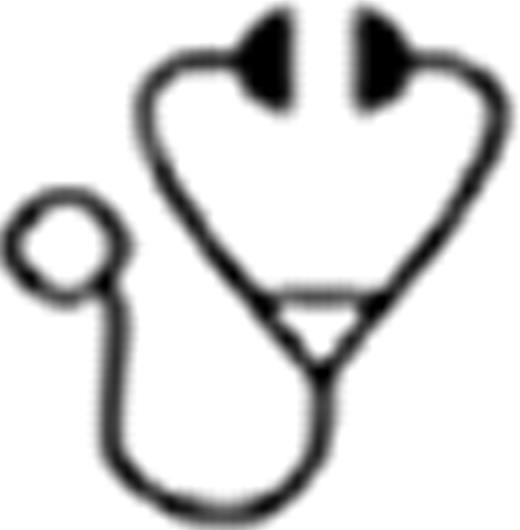Abstract
The prognosis for patients (pts) with acute myeloid leukemia (AML) who are aged 60 years or older at the time of initial diagnosis is poor. Even for pts achieving a first complete remission (CR1), prospects for long-term survival are poor due to the very high risk of relapse. Conventional myeloablative conditioning followed by allogeneic blood or marrow transplantation is associated with significantly less relapse compared with conventional chemotherapy when performed in younger pts with AML in CR1. However, the toxicity of this approach in older pts is prohibitive. A reduced intensity conditioning (RIC) regimen may mitigate the risk of early toxicity and while early results in older AML pts have been encouraging and suggest disease free survival (DFS) rates above 30% at 3 yrs (Farag et al, Biol Blood Marrow Transplant 2011), most data are retrospective and pts have not been treated uniformly. We therefore sought to determine the effectiveness of a uniform RIC regimen given to older pts with AML in CR1 on a prospective multi-center phase II trial conducted by the Alliance (formerly Cancer and Leukemia Group B (CALGB)) and the Blood and Marrow Transplant Clinical Trials Network (BMT CTN). The study, activated in 2004, was initially limited to recipients of a matched related donor (MRD) graft but was amended in 2006 to include matched unrelated donor grafts (URD). The primary endpoint of the study was 2-year DFS. We hypothesized that DFS at 2-years would exceed 20% and powered the study to detect a 2-year DFS probability of 35% for URD recipients. We focused the primary analysis on URD recipients since the majority of older pts require an URD graft. Eligible pts were from 60–74 years old inclusive, had AML in CR1 following induction chemotherapy, availability of a 6/6 MRD or 8/8 URD, and absence of significant end-organ damage prior to transplantation. Adverse events (AE) were initially recorded according to NCI-CTCAE v3.0, amended to v4.0 in 10/2010. Accrual was completed in 12/2011. 132 pts were registered at 21 centers and 123 transplanted (MRD (47%); URD (53%). All donor grafts were mobilized and collected following G-CSF (PBSC). The median age of pts was 65 (range 60–74) and 76 pts (62%) were male. At diagnosis, 67% had an intermediate risk karyotype, 20% adverse risk, <1% favorable, and in 11% data were missing. More than 90% achieved CR following standard “7+3” based induction. CR1 was achieved after 1 (59%) or 2 (41%) induction cycles. Consolidation therapy was administered for one (50%) or two (24%) cycles and 17% received no consolidation with data missing in 9%. All but the initial 8 MRD recipients (who received fludarabine and busulfan alone) were conditioned with the same regimen containing fludarabine (30mg/m2/day × 5), busulfan (6.4mg/kg IV total dose), and antithymocyte globulin (ATG; thymoglobulin) (7.5mg/kg total dose). Only one case of primary graft failure was reported. With a median follow-up of 3.3 yrs, the results in the 123 transplanted pts are depicted below:
| Event . | Cumulative incidence at 100 days* or 2yrs† . | 95% CI . |
|---|---|---|
| Acute GVHD 2-4 | 9.4%* | 4.1–15% |
| Acute GVHD 3-4 | 3.4%* | 1.2–6.7% |
| Chronic GVHD | 26%† | 17–34% |
| Relapse | 47%† | 37–57% |
| Treatment related mortality (TRM) | 14%† | 7.2–21% |
| Event . | Cumulative incidence at 100 days* or 2yrs† . | 95% CI . |
|---|---|---|
| Acute GVHD 2-4 | 9.4%* | 4.1–15% |
| Acute GVHD 3-4 | 3.4%* | 1.2–6.7% |
| Chronic GVHD | 26%† | 17–34% |
| Relapse | 47%† | 37–57% |
| Treatment related mortality (TRM) | 14%† | 7.2–21% |
| Event . | Probability at 2 yrs . | 95% CI . |
|---|---|---|
| DFS | 39% | 30–50% |
| DFS URD only | 38% | 26–55% |
| Overall survival (all pts) | 46% | 36–57% |
| Event . | Probability at 2 yrs . | 95% CI . |
|---|---|---|
| DFS | 39% | 30–50% |
| DFS URD only | 38% | 26–55% |
| Overall survival (all pts) | 46% | 36–57% |
The rates of both acute and chronic GVHD as well as TRM were relatively low. There were 81 grade 3–5 non-hematologic AE recorded, including 7 grade 5 (4 infections, 1 each cardiac, pulmonary, and second malignancy). Relapse was the most common cause of death. In conclusion, the results of this first prospective US cooperative group trial conducted in a homogeneously treated group of older AML patients in CR1 demonstrate the feasibility and effectiveness of RIC allografting using MRD or URD PBSC grafts. DFS appears better following a RIC allograft compared to results achieved historically after conventional therapies, warranting prospective comparison in pts with contemporary cytogenetic and molecular disease characterization. Future research should also focus on preventing disease relapse after RIC allografting in this population.
Devine:Sanofi: Honoraria, Research Funding. Off Label Use: Antithymocyte globulin for GVHD prophylaxis is included in the abstract. Vij:Millennium: Speakers Bureau. Shea:Otsuka: Research Funding.

This icon denotes a clinically relevant abstract
Author notes
Asterisk with author names denotes non-ASH members.

This feature is available to Subscribers Only
Sign In or Create an Account Close Modal